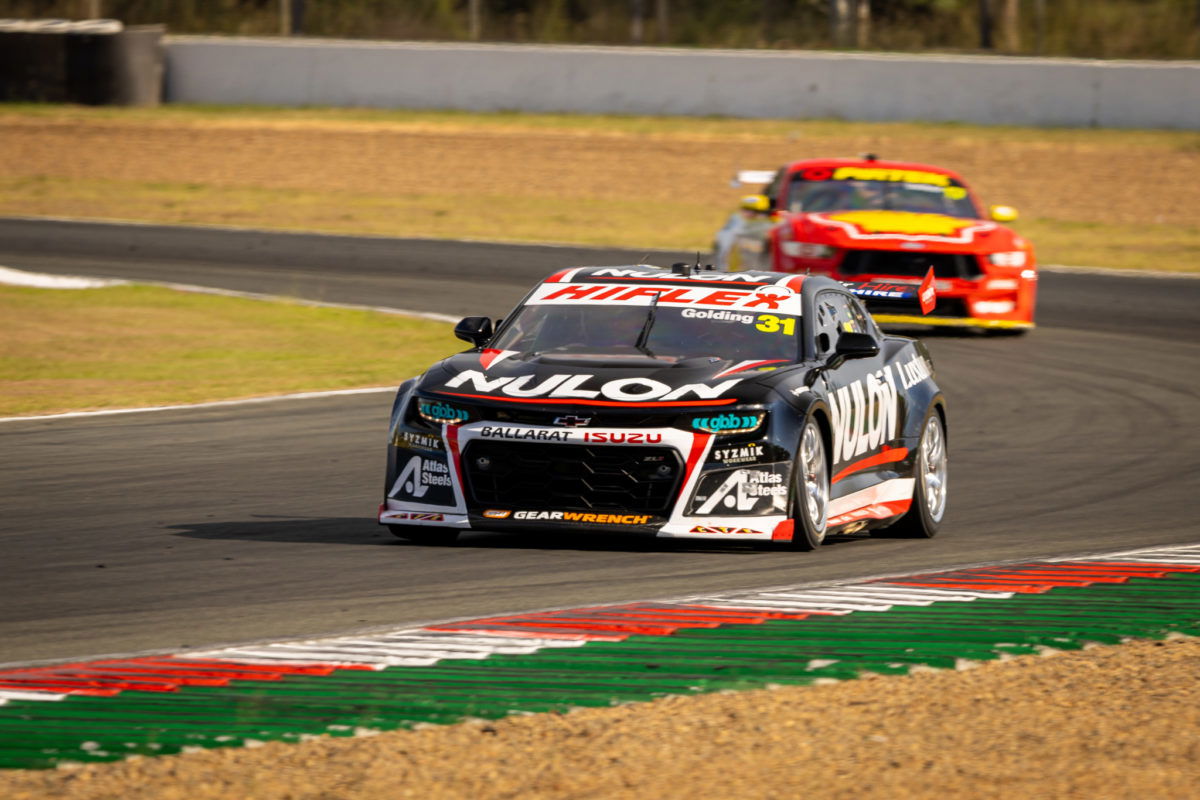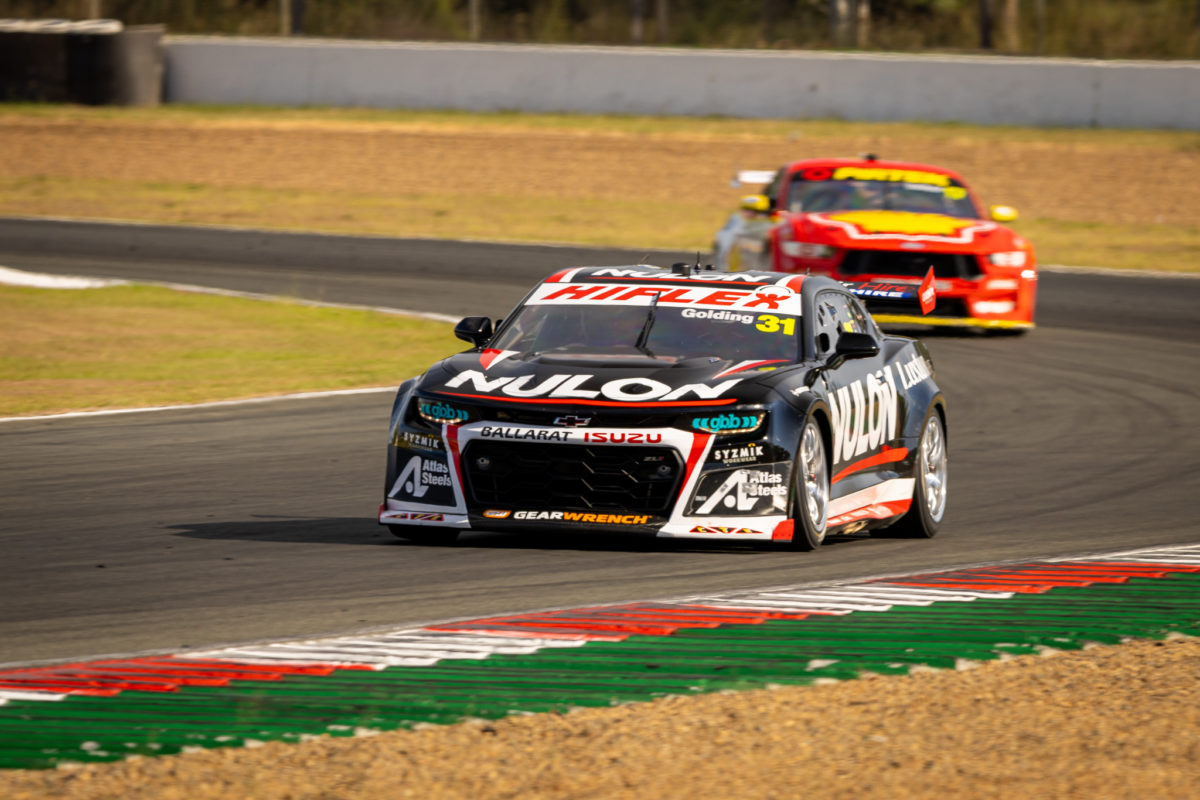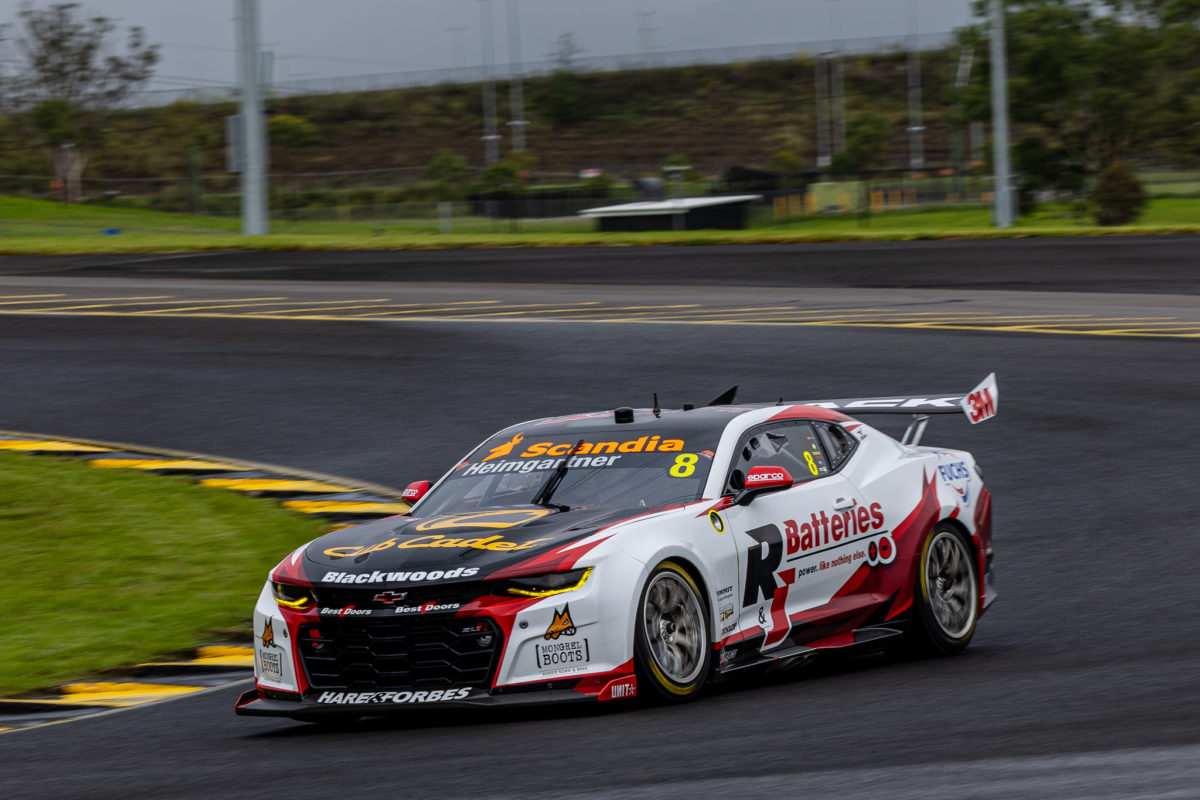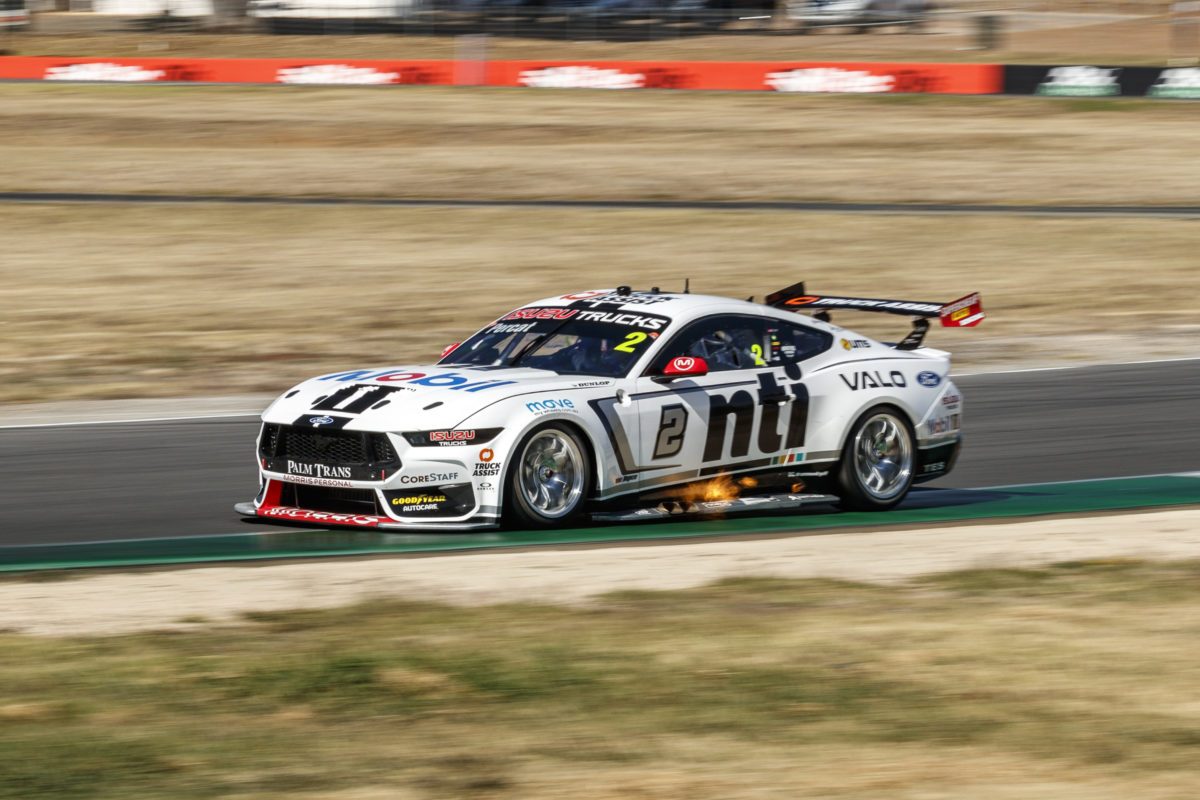

With just one more sleep before the 2023 Repco Supercars Championship season officially begins, the Gen3 homologation process is about to be put to the ultimate test.
It follows further “straight line evaluations” last week at Temora Aerodrome, where not only aerodynamics but also engines/powertrains were tested over a period of five days.
The eleventh-hour nature of that activity meant that official sign-off on the race cars was always going to come just prior to track activity for the season-opening event beginning at the Newcastle East Street Circuit.
In fact, scrutineering is due to commence today at 12:00 local time/AEDT, per event supplementary regulations, meaning homologation was confirmed in literally the latest possible 24-hour period.
Of course, the formalities would have been completed at some point prior to Supercars’ announcement, although no earlier than last Friday, when proceedings at Temora wrapped up, and probably not before the start of this week, when teams were told of the outcome(s).
Regardless, we now have cars which are ready to race in Newcastle, but that is not necessarily the end of the story just yet.
It is an implicit admission from the category that technical parity may not have been completely achieved, considering Supercars and at least one of Ford or DJR would have approved that comment before the statement was released to media.
To be fair, that would not be too surprising even if homologation had not been completed at the last minute.
SRO’s Balance of Performance settings, for example, are a regular source of controversy even thought that is not as precise an endeavour as technical parity.
Furthermore, while aerodynamic parity is arguably an easier task in the Gen3 era than in Gen2, given the similar shapes and sizes of the Camaro and Mustang road cars – not to mention the across-the-board slashing of downforce – engine/powertrain parity is more difficult than in recent years.
On aerodynamics, the Camaro is known to have been given an extra piece on either side of the front bar, which Speedcafe.com understands will give it a slight increase in downforce.

That would be a surprising outcome from the Temora activity, since Chevrolet homologation team Triple Eight Race Engineering was prepared to sign off on aerodynamics after the original VCAT last November, whereas the Ford camp was unhappy with a perceived imbalance in front and rear downforce.
That said, one insider has put it to Speedcafe.com that the effect of the relatively small tweak to the Camaro is essentially moot given what could already be achieved by set-up changes to rake and/or ride height.
On engines, the task of paritising the Camaro’s 5.7-litre pushrod with the Mustang’s 5.4-litre double overhead cam unit is a more challenging exercise than dealing with the 5.0-litre pushrods which both General Motors and Ford competitors used to field.
There has remained conjecture about power, or specifically the Engine Power Weighted Average (EPWA), in recent weeks, and engine mapping has been a known issue.
The map implemented on the eve of the Sydney test caused throttle problems for the Mustangs, but another new one was well-received at last week’s Winton test.
Meanwhile, the Camaro has had its shift cut elongated in a bid to achieve parity in that area.
So, where does this leave us?
Supercars and the homologation teams, Ford’s being Dick Johnson Racing, have now signed off on the race cars.
As such, we must proceed now on the assumption that technical parity has been achieved, until such time that evidence to the contrary arises.
Of course, the last-minute nature of homologation means parity will undoubtedly be a hot topic this weekend.
However, after a controversial pre-season test, where Camaros dominated timesheets which were arguably meaningless as a form guide for any number of reasons, there is no prospect for sandbagging this weekend.

Championship points go on the line at the Newcastle East Street Circuit and, if indeed some teams were sandbagging at Sydney Motorsport Park, that is no longer a realistic option.
The same applies three weeks later at the Albert Park Grand Prix Circuit, four weeks later again at Wanneroo Raceway, and another three weeks after that at Symmons Plains International Raceway.
Newcastle is a relatively slow circuit, whereas Albert Park is characterised by wide, open expanses, then the Perth and Tasmania venues are different again.
It is therefore those first four events of the season which will provide an excellent litmus test as to just how close the Camaro and Mustang are.
With cars that are identical in specification within each side of the brand divide, and supposed to be as close to identical as possible from Chevrolet to Ford, the championship standings come the night of Sunday, May 21 will be telling.
A final note from this reporter: amid all of the arguments about parity which have been had so far, and invariably will continue for some time yet, let us hope that the time and money which has been spent on Gen3 so far bears fruit in more entertaining racing, and renewed excitement about the Supercars Championship.
The first practice session of 2023 starts tomorrow in Newcastle at 11:15 local time/AEDT.





















Discussion about this post